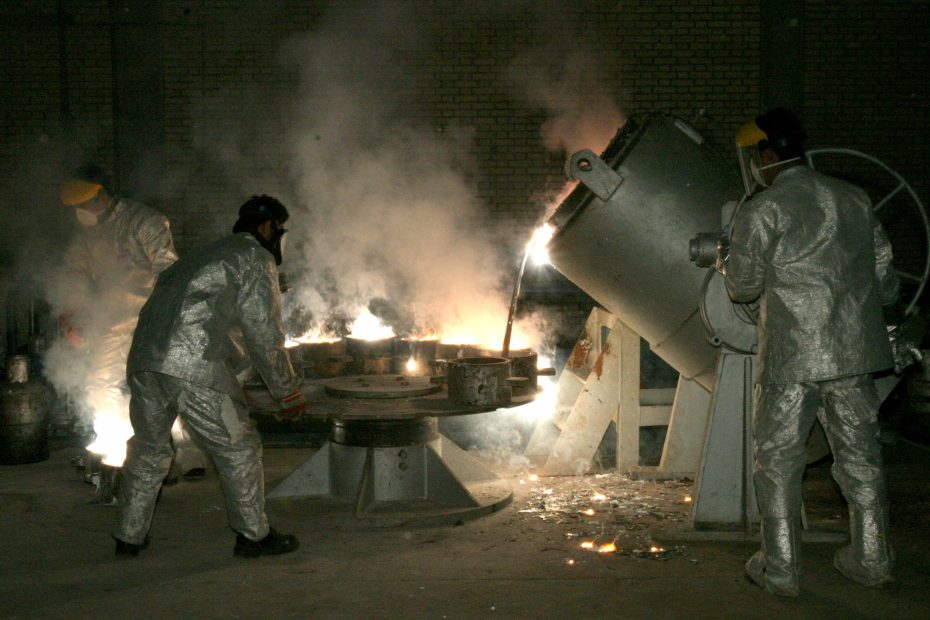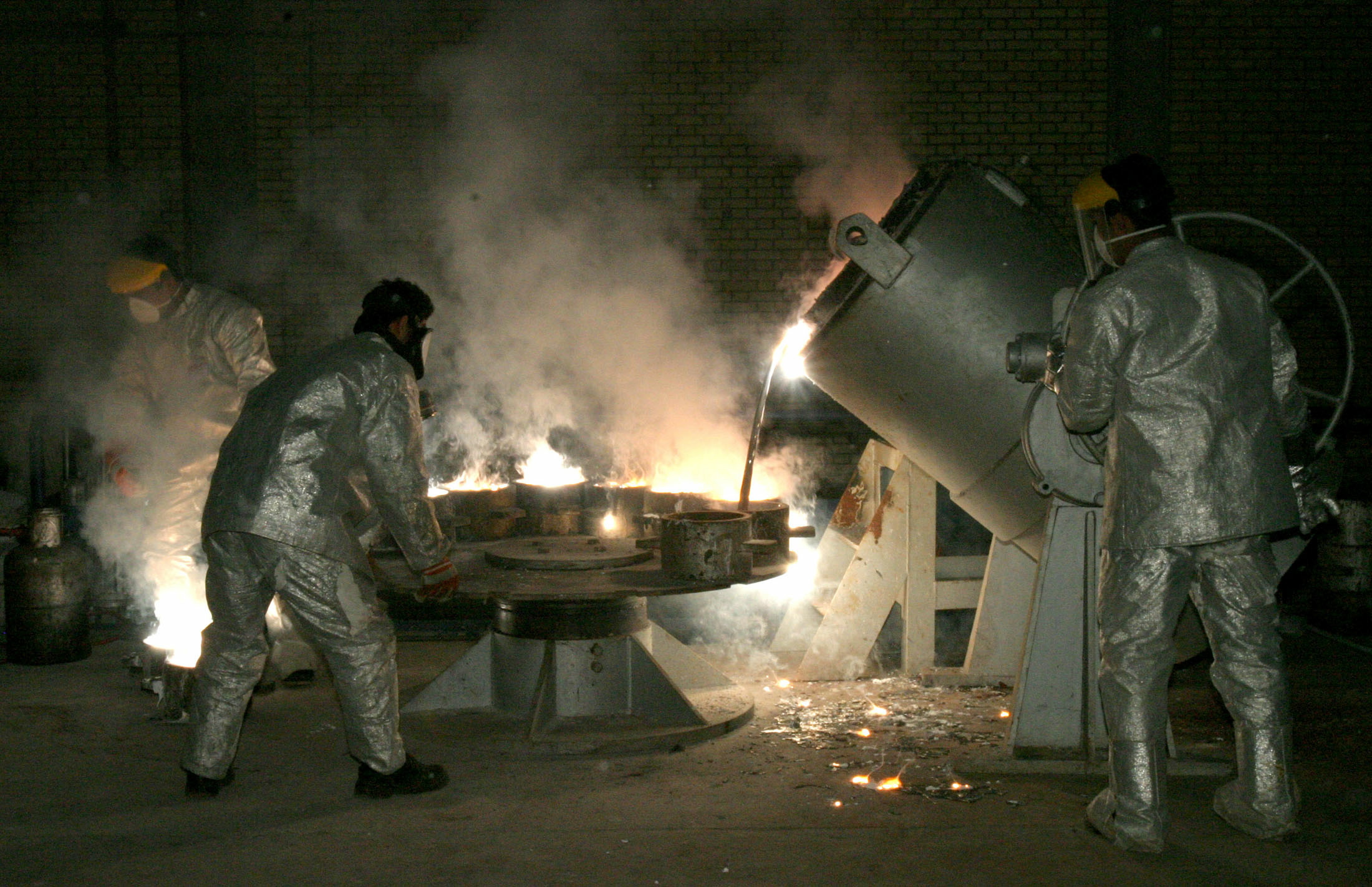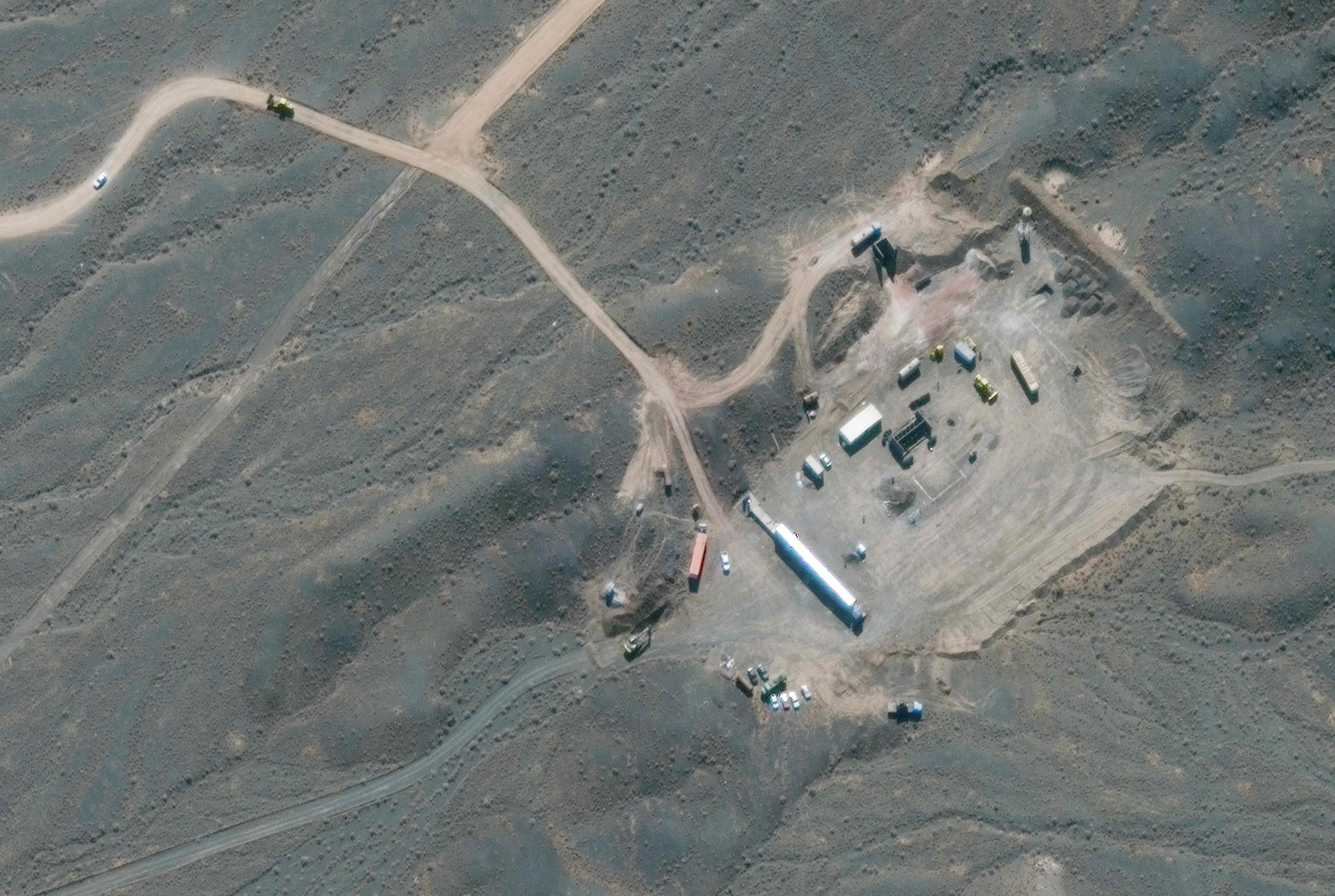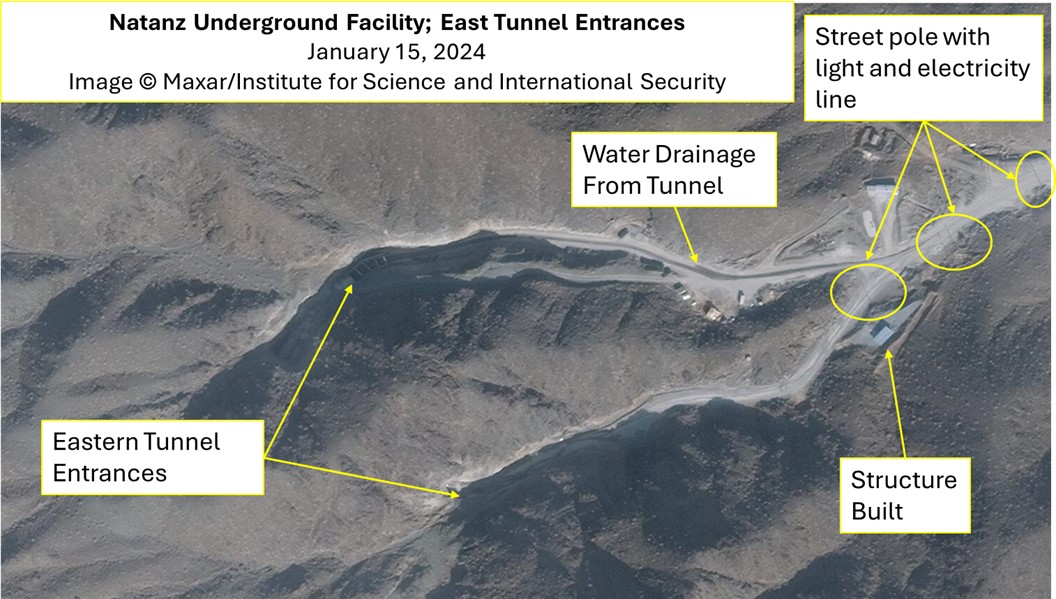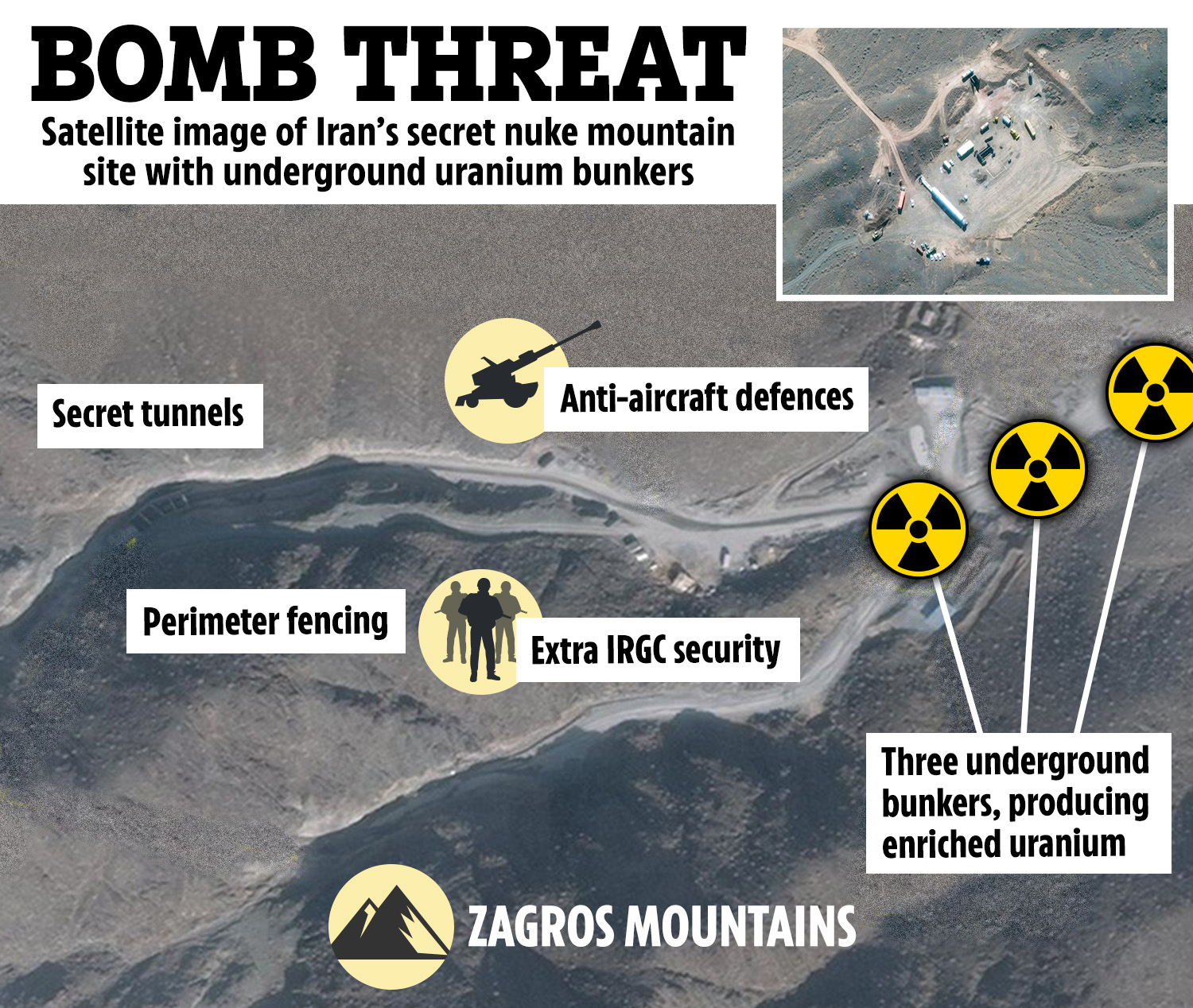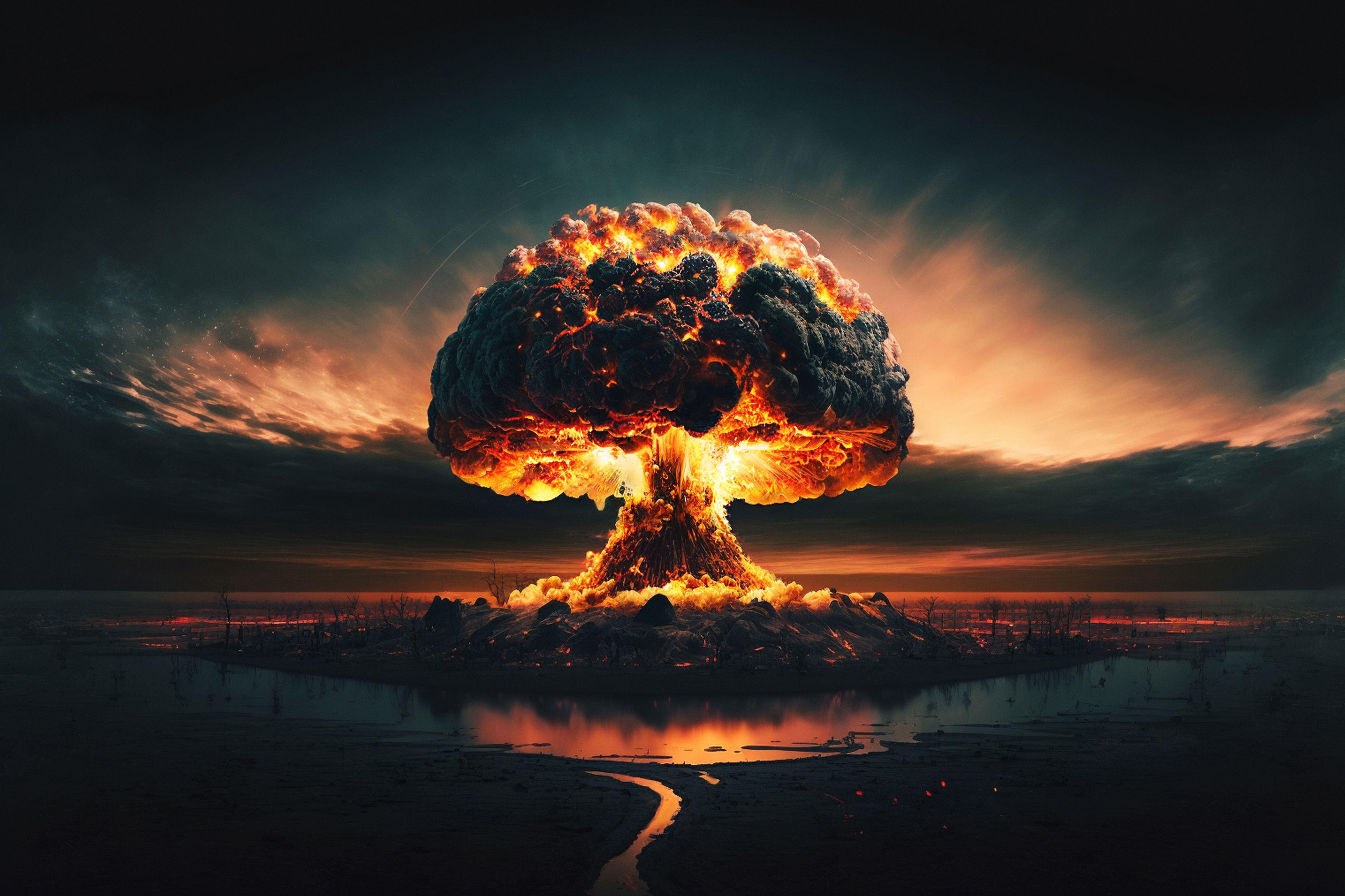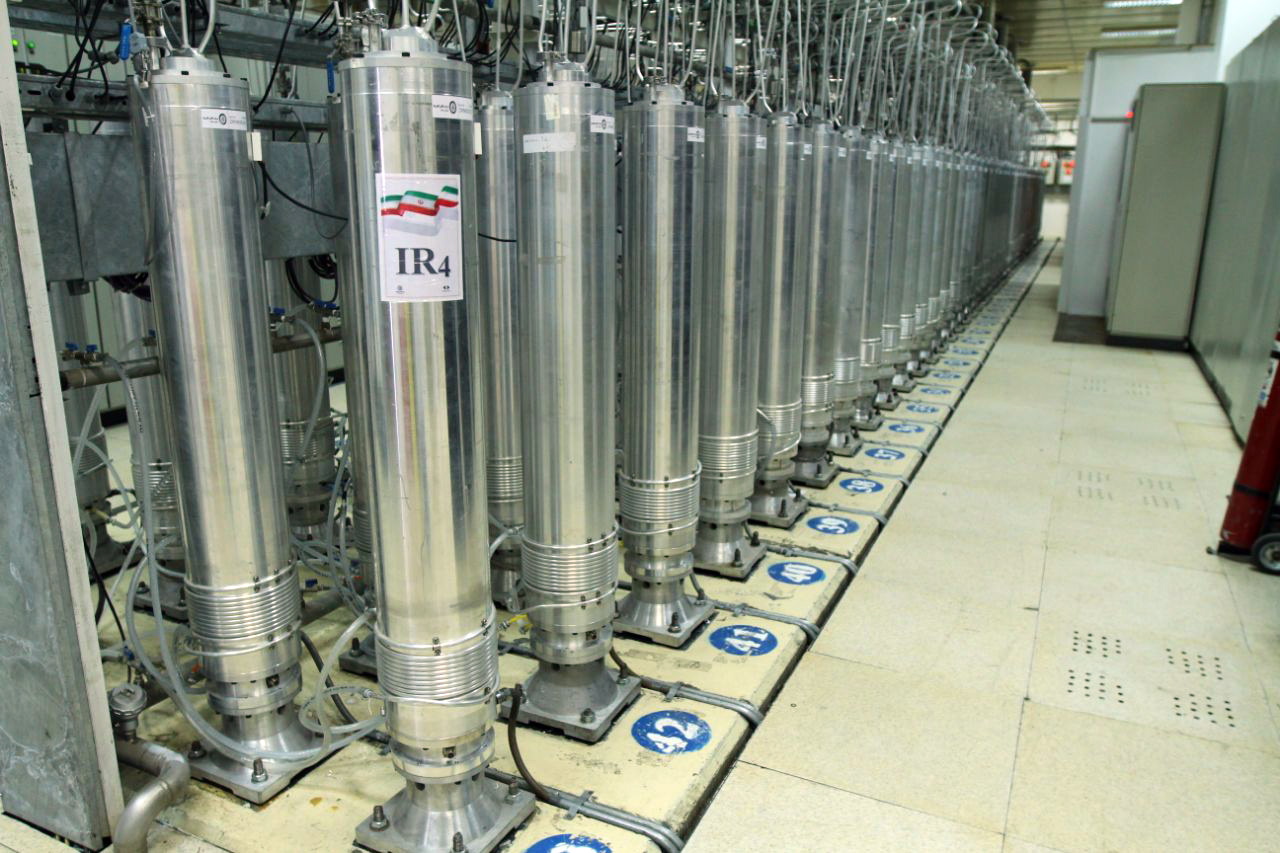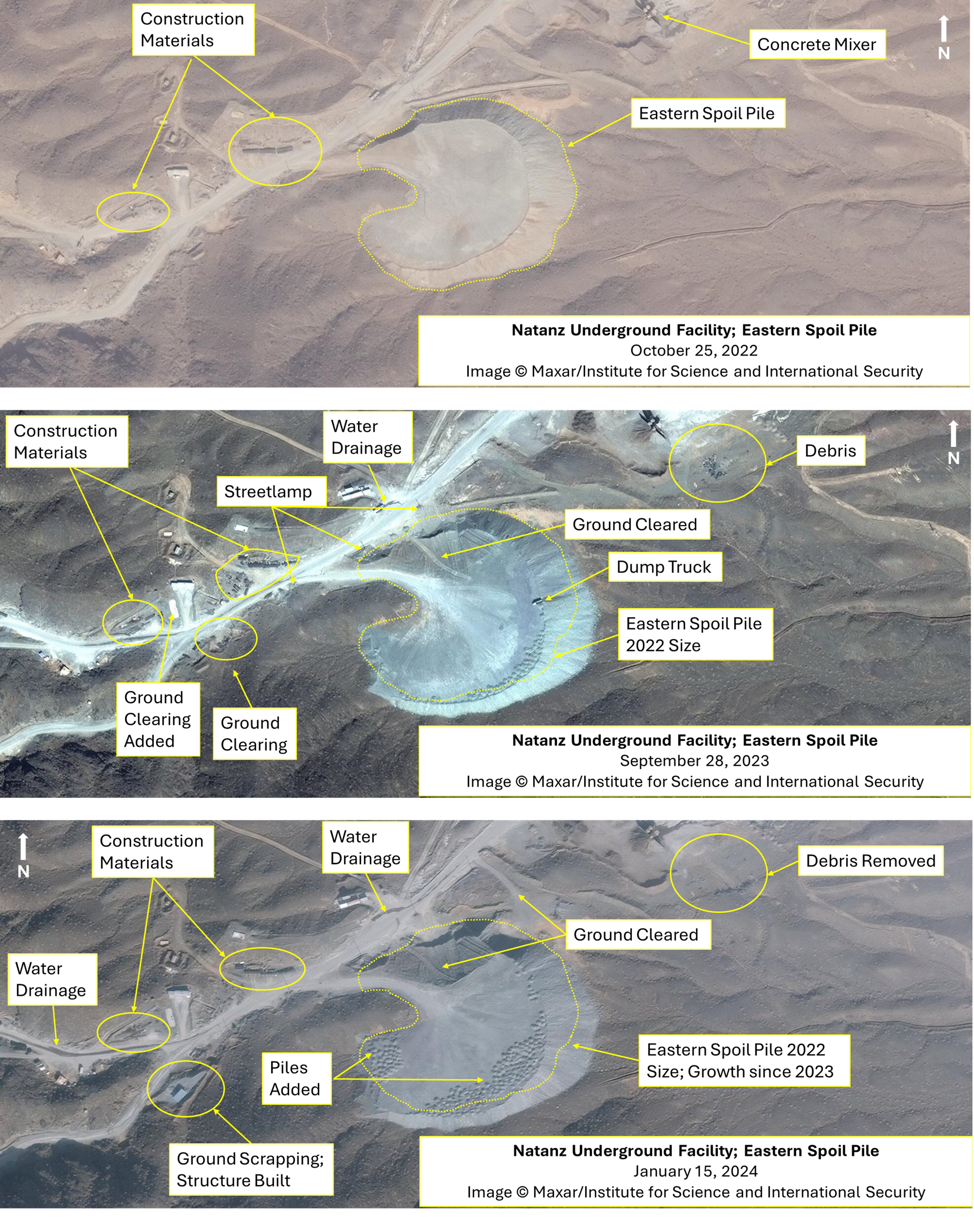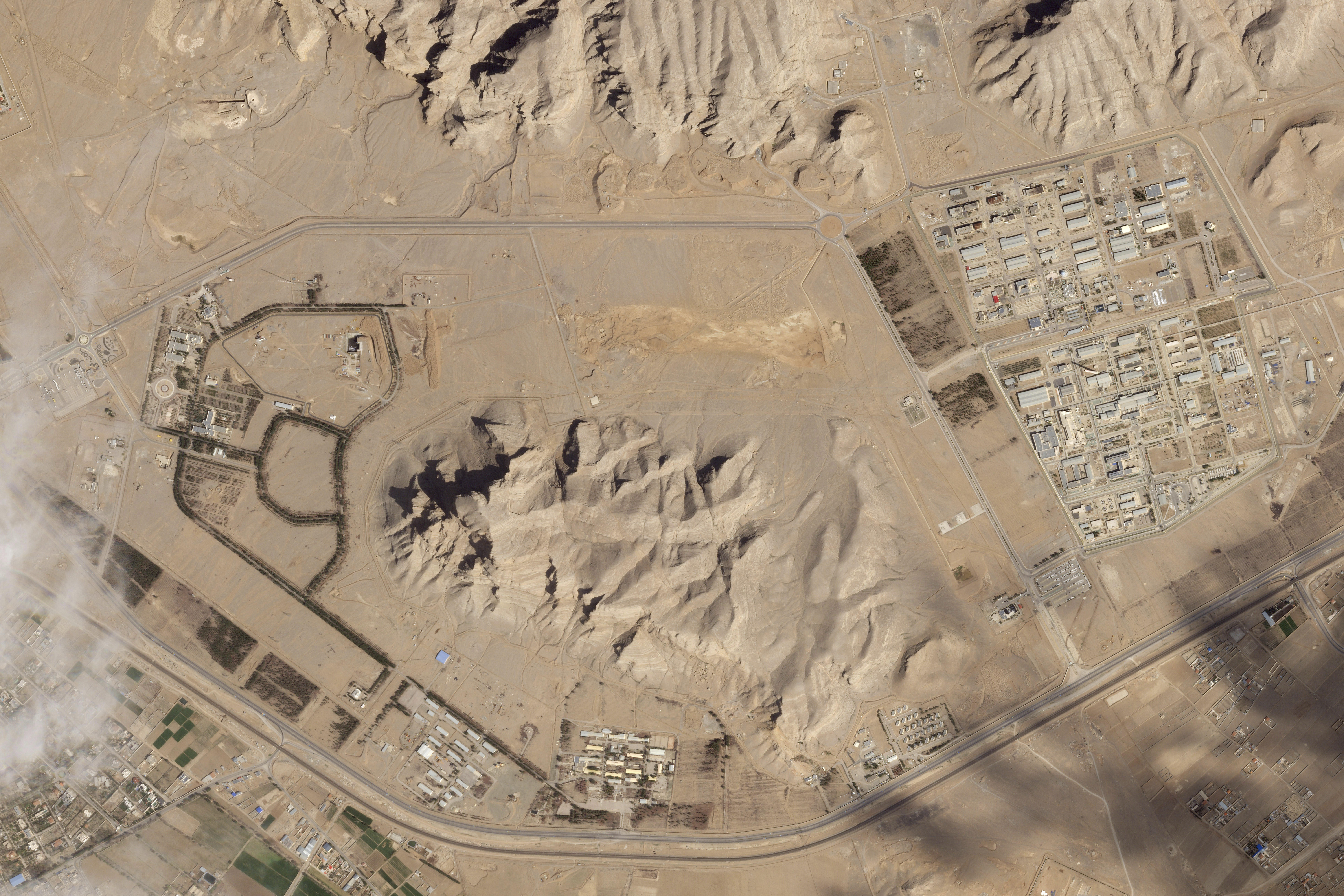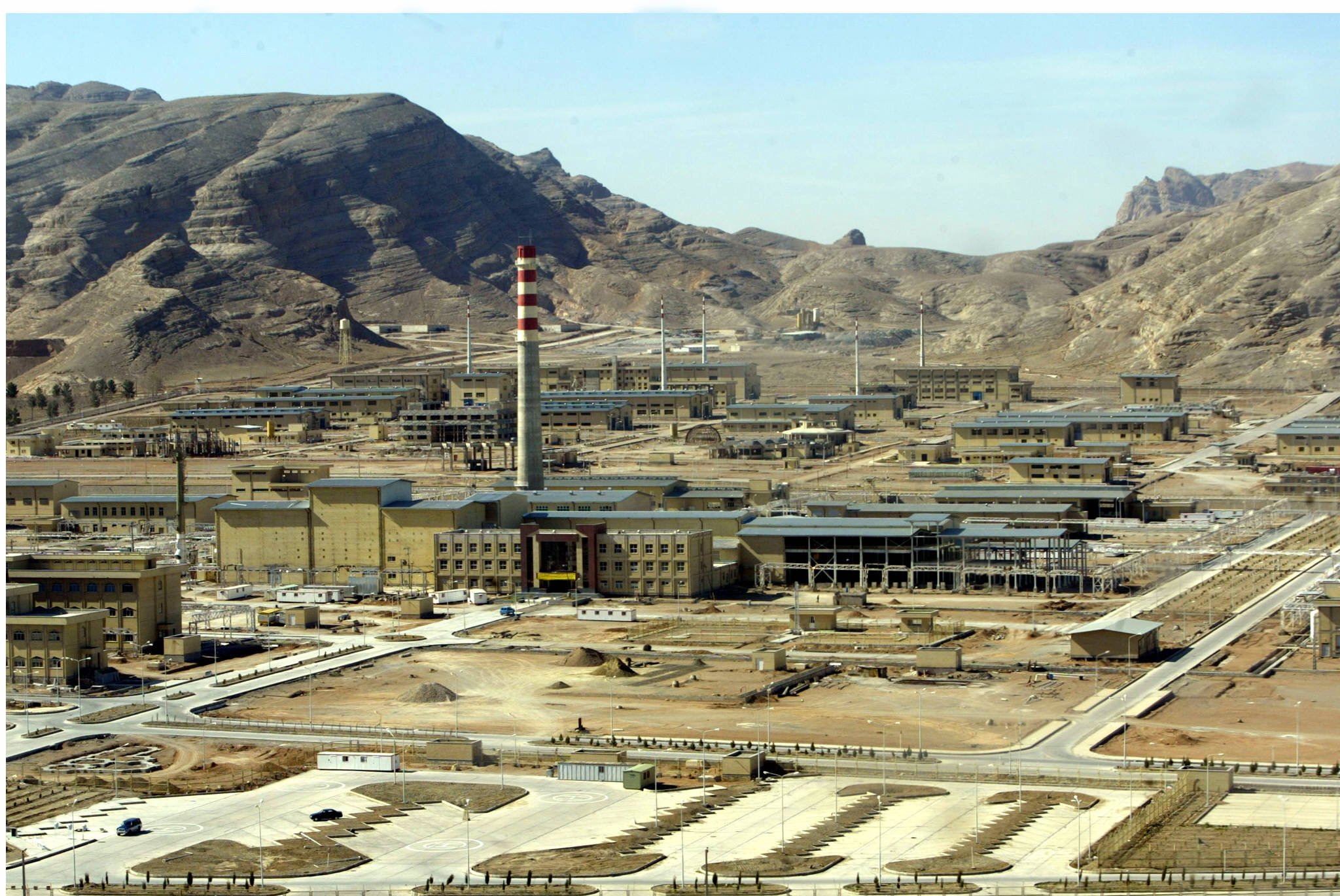SATELLITE images have exposed Iran’s terrifying efforts to create a secret, shielded nuclear site buried in the mountains.
This follows warnings from a nuclear weapons expert that Tehran could produce a bomb in just six months from one of its “covert” nuclear centres.
When Israel launched its calculated precision strike on the Iranian city of Isfahan last week, many thought the nuclear site there was a target.
Despite reports that no nuclear facility was hit, a nearby air base was heavily damaged, as revealed in leaked images.
Now, as tensions in the Middle East continue to rise, the West can get a better understanding of the nature of Iran’s nuclear plans just an hour away: at the Natanz base.
Tehran is believed to harbor considerable reserves of the element, just shy of the weapons level needed to make an atomic bomb.
If it obtained such a weapon, its archenemy Israel would probably be at the top of the target list.
Natanz, protected by armed IRGC troops, air defenses and perimeter fencing, is Iran’s main uranium enrichment facility.
Satellite photographs are exposing the center of activity at the secretive fuel enrichment complex.
Iran can build a bomb faster than at any time in its history
Kelsey Davenport
The snapshots, shared by the Institute for Science and International Security (ISIS), reveal how hard Iran is working to build a formidable and indestructible nuclear base.
They include a series of images dating back to October 2022 that document Tehran’s frantic efforts to reinforce the site.
Some experts fear that Iran may be building a nuclear bomb – or hiding its efforts to do so – possibly inside the secret bunker.
Arms Control Association policy director Kelsey Davenport previously warned: “Iran is on the threshold of nuclear weapons; it can build a bomb faster than at any time in its history.”
He revealed that Tehran could extract enough weapons-grade uranium for a nuclear bomb in just six months.
Iran’s reluctance to allow inspections by nuclear watchdogs or to cooperate with the 2015 Iran nuclear deal makes it incredibly difficult for the West to assess exactly where they stand.
And an underground site like Natanz, protected by the Zagros Mountains, would likely be out of range of foreign missiles in the event of a disaster.
Davenport described this as “a nightmare scenario that risks triggering a new escalation spiral.”
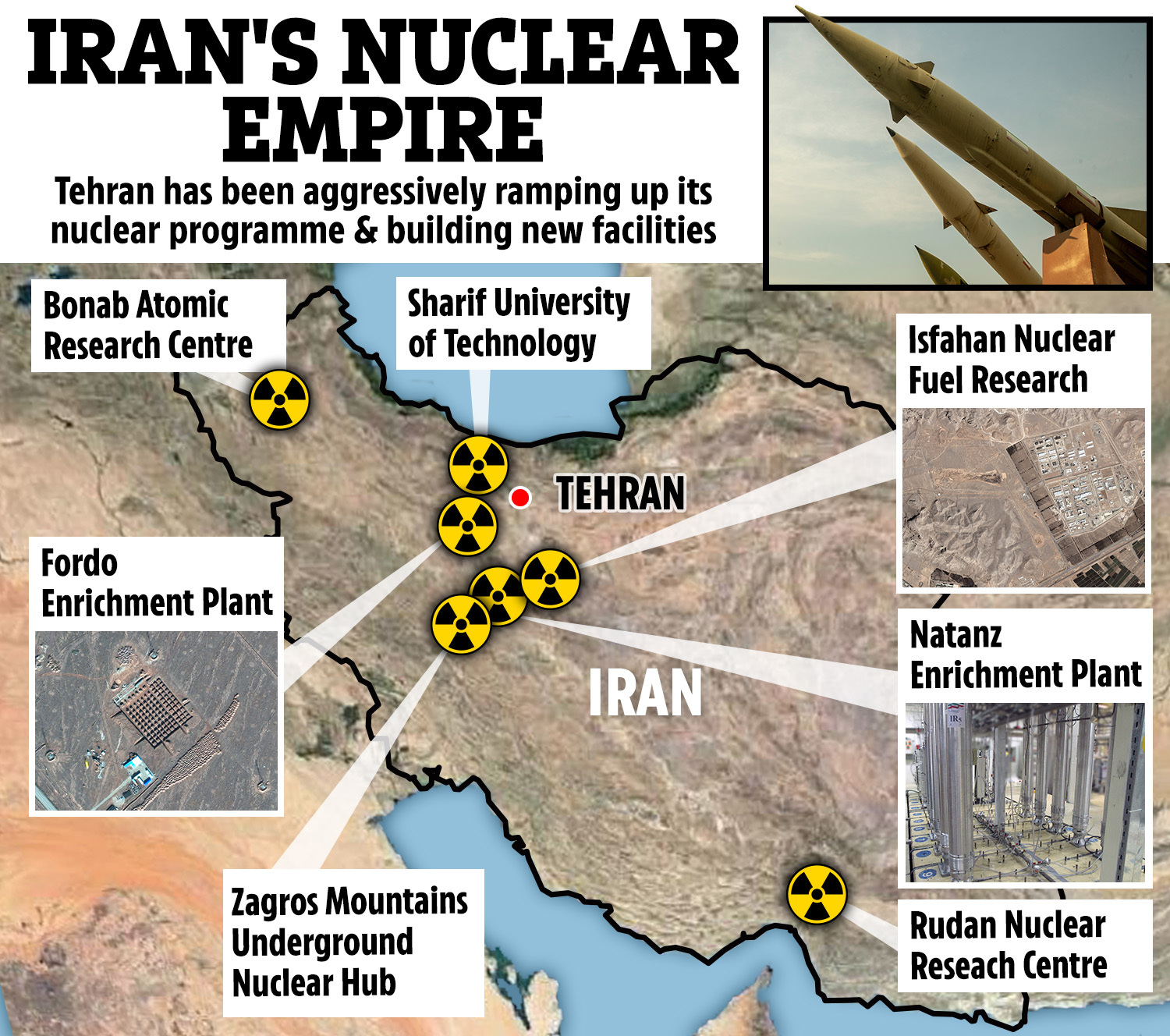
SATELLITE IMAGES
Built around a complicated network of tunnels, the complex is located on the Kuh-e Kolang Gaz La mountain, which translates to “Peak Mountain.”
After years of satellite images taken in January, it is shown to still be under construction, as workers try to make it invincible.
The tunnel complex is even deeper than that of Iran’s other primary underground plant: the Fordow enrichment center.
Some reports suggest that it used to cover 100,000 square meters, was buried eight meters underground and surrounded by 2.5 meter thick concrete walls.
With more entrances and no obvious vents, it would be much harder to destroy than some of Iran’s other facilities.
Since 2022, additional security areas have been added, as well as construction material reserves.
ISIS says the images show “Iran’s efforts to increase the toughness and survivability of the site.”
They believe the underground rooms are still being developed and photographs from January show heavy machinery lined up around the site.
An older nuclear facility at Natanz was located above ground, but was destroyed in the summer of 2021.
While Iran has not been able to replace him quickly, it is clearly aiming for a much stronger replacement.
International concerns have swirled around the site as Iran refuses to cooperate under terms set by the International Atomic Energy Agency (IAEA).
The Nuclear Threat Initiative, a nonprofit security monitoring organization, believes the massive Natanz complex could be made up of three different underground buildings.
It is also believed to be home to three Chinese-supplied research reactors working on fuel production as well as other nuclear programs.
Since 2019 alone, Iran has increased its amount of enriched uranium from 997 kg to 5,525 kg.
Last year alone there was a 38 percent increase.
While Tehran has said it has no plans to weaponize uranium, officials have openly boasted of their ability to do so.
Britain and the United States have spent years trying to figure out how to limit Iran’s nuclear ambitions without going to war.
But recent tensions bubbling in the Middle East and reports that Israel could attack Iranian nuclear sites are doing nothing to limit escalations.
Timeline of Iran’s enriched uranium
Iran’s enriched uranium progress has accelerated since the collapse of the Joint Comprehensive Plan of Action (JCPOA), known as the Iran nuclear deal, in 2018.
Signed in 2015, it reduced Western sanctions against Iran in exchange for greater transparency about its nuclear facilities.
Among those who signed it are the United Kingdom, the United States, the EU, China and Russia.
Former President Donald Trump, who at the time was seeking to unseat Barack Obama, called it “the worst deal ever made.”
In 2018, when he was president, he pulled the United States out of the agreement.
As a result, the treaty essentially collapsed and Biden’s attempts to revive it failed.
While Tehran, under the agreement, had to agree not to stockpile enough enriched uranium for a bomb, it has since backed away from certain aspects, blaming the US withdrawal.
In 2020 it resumed uranium enrichment to 20 percent at its Fordow plant.
In 2021 it began to enrich it up to 60 percent.
And in February of this year, IAEA inspectors observed uranium particles enriched to 83.7 percent.
It is necessary to reach 90 percent to be sufficient for the manufacture of weapons.
It remains difficult to know exactly where Iran is enriching uranium, how much and at what speed, due to a lack of transparency in the country for international inspections.
Iran currently does not allow inspections, citing security concerns about a possible Israeli attack.
